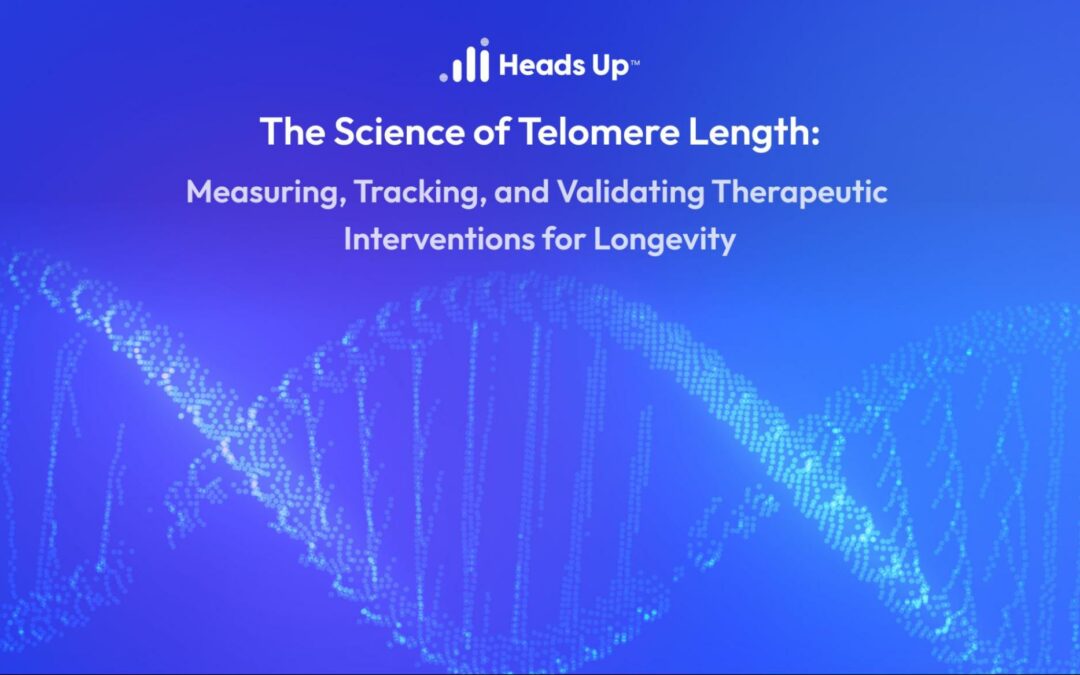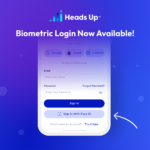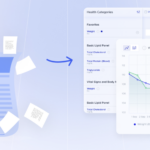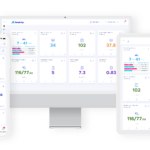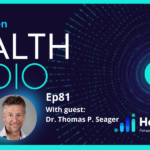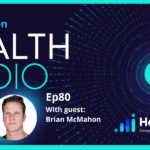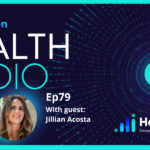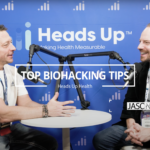Measuring, Tracking, and Validating Therapeutic Interventions for Longevity
Telomeres, the protective caps at the ends of chromosomes, play a critical role in cellular aging and overall health. As cells divide, telomeres shorten, eventually leading to cellular senescence and aging.
Measuring and tracking telomere length has emerged as a valuable tool for assessing biological age and the effectiveness of longevity therapies. This article explores the science behind telomere length, factors that influence its reduction, methods for measurement, and how platforms like Heads Up can facilitate the tracking and validation of therapeutic interventions aimed at improving telomere length.
Introduction to Telomeres
Telomeres, consisting of repetitive nucleotide sequences, protect chromosome ends from deterioration and fusion with neighboring chromosomes. Telomere length is a marker of biological age, reflecting the cumulative effects of genetic and environmental factors on cellular health. Understanding and monitoring telomere length can provide insights into the aging process and the efficacy of interventions designed to enhance longevity.
Understanding Telomere Length
The Role of Telomeres in Cellular Aging
Telomeres serve as protective buffers that prevent chromosome ends from being recognized as double-strand breaks, which would otherwise trigger DNA repair mechanisms leading to chromosome fusion and genomic instability. Each time a cell divides, telomeres shorten due to the inability of DNA polymerase to fully replicate the ends of linear chromosomes, a phenomenon known as the “end-replication problem”. When telomeres become critically short, cells enter a state of senescence or undergo apoptosis, contributing to the aging process and the development of age-related diseases.
Measuring Telomere Length
Telomere length can be measured using various techniques, each with its advantages and limitations:
- Quantitative PCR (qPCR): This method estimates average telomere length by comparing the quantity of telomere sequences to a single-copy gene. It is widely used due to its cost-effectiveness and high throughput.
- Southern Blot (Terminal Restriction Fragment Analysis): This technique provides a more accurate assessment of telomere length distribution but is more labor-intensive and requires larger amounts of DNA.
- Flow-FISH (Fluorescence In Situ Hybridization): Combining flow cytometry and FISH, this method measures telomere length in individual cells, allowing for detailed analysis of cell populations.
- Single Telomere Length Analysis (STELA): Provides precise measurements of telomere length at individual chromosome ends, making it useful for detailed studies of telomere dynamics.
Factors Influencing Telomere Length Reduction
Genetic Factors
Genetics play a significant role in determining baseline telomere length and the rate of telomere shortening. Variations in genes involved in telomere maintenance, such as those encoding components of the telomerase complex, can influence telomere dynamics and susceptibility to age-related diseases.
Lifestyle and Environmental Factors
Several lifestyle and environmental factors are associated with accelerated telomere shortening:
- Chronic Stress: Prolonged exposure to stress hormones such as cortisol can lead to oxidative stress and inflammation, which accelerate telomere attrition.
- Poor Diet: Diets high in processed foods and low in antioxidants and omega-3 fatty acids can increase oxidative damage to telomeres.
- Lack of Physical Activity: Regular exercise has been shown to protect against telomere shortening, likely through its effects on reducing inflammation and oxidative stress.
- Smoking: Tobacco smoke contains numerous harmful chemicals that cause oxidative damage and inflammation, leading to accelerated telomere shortening.
Disease and Health Conditions
Chronic diseases such as cardiovascular disease, diabetes, and obesity are associated with shorter telomeres, possibly due to the increased oxidative stress and inflammation that accompany these conditions.
Telomere Length and Longevity
The Link Between Telomere Length and Biological Age
Telomere length serves as a biomarker of biological age, reflecting the cumulative effects of genetic and environmental factors on cellular health. Shorter telomeres are associated with increased risks of age-related diseases and reduced lifespan.
Quantifying Biological Age with Telomere Length
Measuring telomere length provides a quantifiable means of assessing biological age, which can differ significantly from chronological age. Individuals with longer telomeres generally exhibit better health and a lower risk of age-related conditions, suggesting a younger biological age.
Lab Companies Measuring Telomere Length
Several companies offer telomere length measurement services for both research and clinical purposes:
- TruDiagnostic: Provides telomere length detection using methylation. Learn more.
- Telomere Diagnostics: Provides qPCR-based telomere length analysis, offering insights into biological age and potential health risks.
- RepeatDx: Specializes in Flow-FISH technology, providing detailed analysis of telomere length in various cell populations.
- Life Length: Offers high-throughput telomere length analysis using a proprietary combination of qPCR and Southern blot techniques.
These companies provide reliable and validated methodologies for telomere length measurement, facilitating the monitoring of biological age and the effectiveness of longevity interventions.
Tracking Telomere Length Over Time
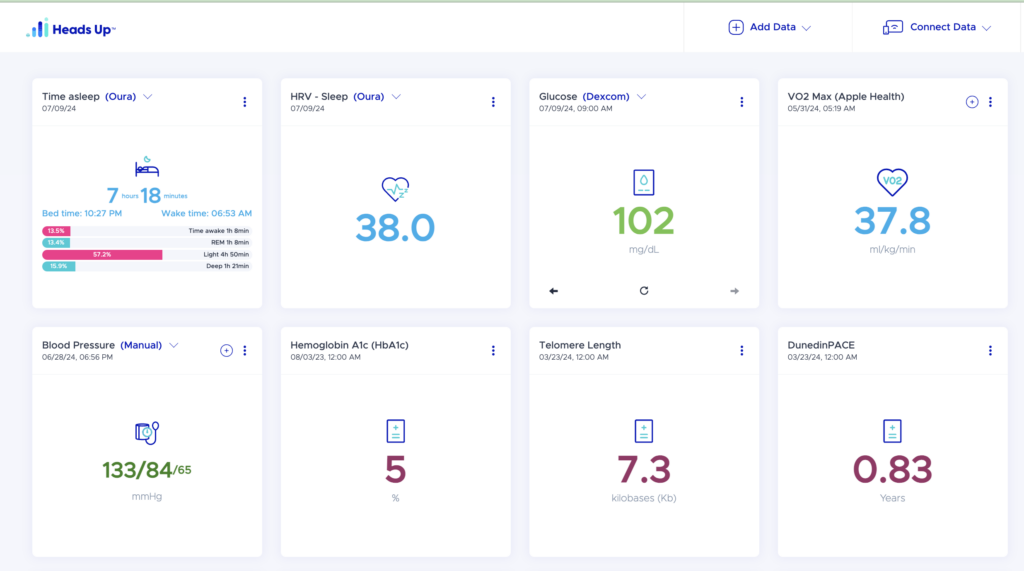
Importance of Longitudinal Tracking
Tracking telomere length over time provides valuable insights into an individual’s health trajectory and the effectiveness of interventions aimed at slowing or reversing telomere shortening. Longitudinal data can help identify trends and inform personalized health strategies.
Using platforms like Heads Up, individuals and healthcare professionals can track changes in telomere length alongside other health metrics, providing a comprehensive view of aging and health outcomes.
Methods for Tracking Telomere Length
While laboratory assessments provide the most accurate measurements, advancements in digital health technologies have made it possible to integrate telomere length data with other health metrics for continuous monitoring. Heads Up can incorporate telomere length measurements from various lab companies, offering an integrated approach to health tracking.
Recommend Telemore Length Tests: Life Length, TruDiagnostic, GlycanAge
Benefits of Regular Monitoring
Regular monitoring of telomere length allows for the assessment of the impact of lifestyle changes and therapeutic interventions on biological age. This data can guide personalized health strategies and help validate the effectiveness of longevity programs.
Heads Up enables users to visualize changes in telomere length over time, facilitating better understanding and management of their health and aging process.
Improving Telomere Length for Longevity
Therapeutic Interventions
Various therapeutic interventions have been shown to impact telomere length and promote longevity:
- Telomerase Activation: Telomerase is an enzyme that adds repetitive nucleotide sequences to telomeres, effectively lengthening them. Certain compounds, such as TA-65, have been investigated for their potential to activate telomerase and slow telomere shortening.
- Lifestyle Modifications: Diet, exercise, stress management, and other lifestyle factors play crucial roles in maintaining telomere length and overall health. A study by Ornish et al. (2013) demonstrated that comprehensive lifestyle changes, including a plant-based diet, moderate exercise, and stress management techniques, could lead to increased telomere length over a five-year period.
Role of Heads Up
Heads Up can facilitate the tracking of lifestyle factors and therapeutic interventions that influence telomere length. By integrating data from various sources, Heads Up provides a comprehensive platform for monitoring the impact of health interventions on telomere dynamics and overall longevity. < Schedule a Demo >
How Heads Up Can Help Healthcare Professionals
Tracking and Monitoring Longevity Programs
For healthcare professionals providing longevity programs, tracking and monitoring clients’ telomere length over time is crucial for validating the effectiveness of interventions. Heads Up offers a robust platform that allows practitioners to:
- Monitor Key Health Metrics: Track telomere length and other vital health indicators such as VO2 max, blood glucose, and inflammation markers, providing a holistic view of a client’s health status.
- Analyze Data Trends: Utilize advanced analytics to identify trends and patterns in clients’ health data, providing actionable insights for personalized interventions.
- Validate Outcomes: Assess the effectiveness of longevity interventions by comparing pre- and post-program telomere length data, helping to validate the success of various health strategies.
Integrating Telomere Data
Heads Up can integrate telomere length data from laboratory assessments, allowing healthcare professionals to track changes over time and correlate them with other health metrics. This integration supports continuous monitoring and provides a real-time overview of clients’ progress, facilitating more effective health management.
Enhancing Client Engagement
By providing clients with access to their own health data through Heads Up, healthcare professionals can encourage greater engagement and adherence to longevity programs. Clients can track their telomere length and other health metrics, set goals, and gain a deeper understanding of how their lifestyle choices impact their biological age and long-term health.
Case Studies and Outcomes Validation
Heads Up supports the creation of case studies and validation of longevity programs by documenting clients’ health improvements over time. This enables healthcare professionals to build a repository of success stories and evidence-based outcomes that highlight the efficacy of their interventions.
Biological Age & Telomere Length
Telomere length is a critical marker of biological age and a valuable tool for assessing the effectiveness of longevity interventions. By providing insights into an individual’s cellular health, telomere length helps predict longevity and guide interventions to promote long-term health. Regular monitoring and personalized strategies to maintain or improve telomere length can play a crucial role in extending the healthy lifespan.
Heads Up’s unique platform is instrumental for both individuals and healthcare professionals in tracking and analyzing telomere data, validating longevity programs, and ensuring sustained health and wellness. As the understanding of biological age and longevity continues to evolve, telomere length and tools like Heads Up will remain key components in the pursuit of optimal health and well-being.
Next Step: Schedule a Custom Demo
Discover how Heads Up can help you integrate telomere length data with other important health and longevity metrics.
Schedule a demo to learn how our platform seamlessly combines data from labs, wearables, patient-reported outcomes, assessments, and more. Empower your practice with comprehensive health insights.
References:
- Blackburn, E. H., & Epel, E. S. (2012). Telomeres and adversity: Too toxic to ignore. Nature, 490(7419), 169-171.
- Chan, S. R., & Blackburn, E. H. (2004). Telomeres and telomerase. Philosophical Transactions of the Royal Society of London. Series B, Biological Sciences, 359(1441), 109-121.
- Ornish, D., Lin, J., Chan, J. M., Epel, E., Kemp, C., Weidner, G., … & Blackburn, E. H. (2013). Effect of comprehensive lifestyle changes on telomerase activity and telomere length in men with biopsy-proven low-risk prostate cancer: 5-year follow-up of a descriptive pilot study. The Lancet Oncology, 14(11), 1112-1120.
- Harley, C. B., Liu, W., Blasco, M., Vera, E., Andrews, W. H., Briggs, L. A., & Raffaele, J. M. (2011). A natural product telomerase activator as part of a health maintenance program. Rejuvenation Research, 14(1), 45-56.
- Epel, E. S., Merkin, S. S., Cawthon, R., Blackburn, E. H., Adler, N. E., Pletcher, M. J., & Seeman, T. E. (2009). The rate of leukocyte telomere shortening predicts mortality from cardiovascular disease in elderly men. Aging, 1(1), 81-88.
- Lopez-Otin, C., Blasco, M. A., Partridge, L., Serrano, M., & Kroemer, G. (2013). The hallmarks of aging. Cell, 153(6), 1194-1217.
- Aviv, A. (2008). The epidemiology of human telomeres: Faults and promises. The Journals of Gerontology: Series A, 63(9), 979-983.
Learn more about measuring, tracking, and improving biological age.
💡 Discover how top Longevity Experts quantify and improve longevity outcomes in their practice.
Sign Up here for the longevity training.
